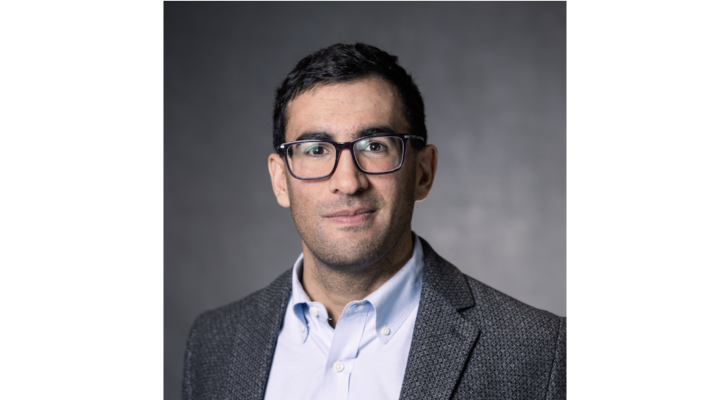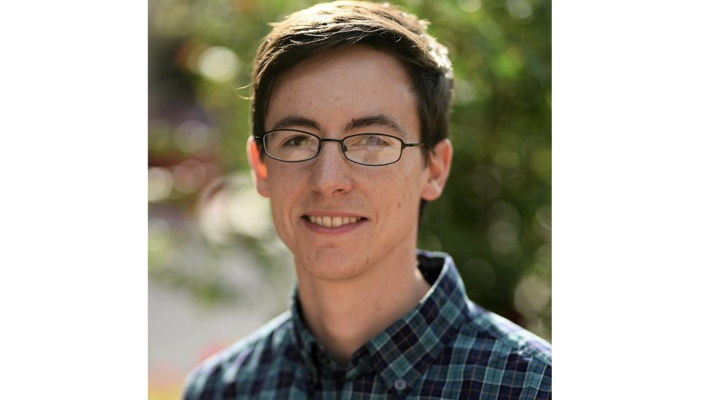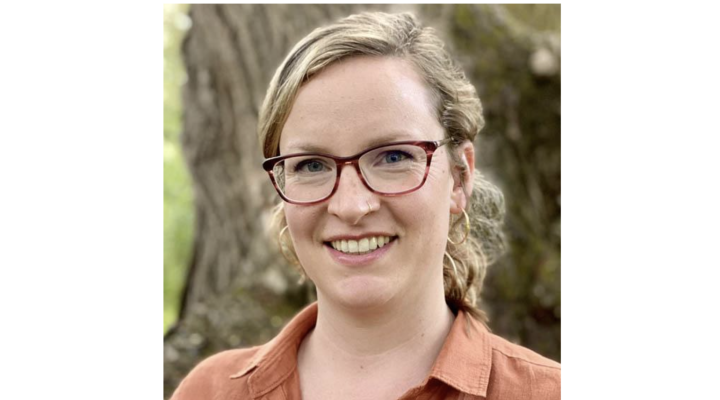Most of us might not think that engineering and emotions go hand-in-hand. Malte Jung, however, believes there’s an important relationship between the two. As a professor of information science at Cornell, he studies how the efficiency of engineers and other teams are affected by interpersonal dynamics, and how technology can help or hinder these interactions. “I think about the overall intersection of three areas: teamwork, the role of emotions in team performance, and the role of technology,” said Jung. “From that, how do we then design technology to utilize these mechanisms to improve teamwork?”
As an undergrad in his native Germany, Jung initially studied mechanical engineering at the University of Munich with the hope that it would give him the chance to work on hands-on projects. He was wrong. “It was pretty dull,” said Jung. “It was just mathematics--you don’t get your hands on anything.” He came away determined to explore fields that would allow more creativity and practical problem-solving, which lead him to Stanford University. There, he studied as a visiting researcher, looking at information systems for engineers--“how to build tools that support engineers in their design process, tools that can help them learn more easily from their past efforts.” Jung experimented with video as a medium, with the assumption that watching a design or engineering task is much easier to absorb than, say, reading instructions on how to do the task. “We wanted to know if we could make more of that tacit knowledge understandable,” said Jung.
He followed this work with both a Master’s and Ph.D. at Stanford, joining Larry Leifer’s group in mechanical engineering. Leifer’s research appealed to Jung’s unconventional interests. “What was really fascinating about that group was that they had a different perspective on design,” said Jung. “In Germany, design was about systematicity and optimization--in this group, it was more influenced by the arts. It was much more open-ended, almost with an explicit disregard for statistics and optimizing.”
Encouraged by his advisor’s unorthodox approach, Jung decided to build his Ph.D. project around emotions and psychology. He was inspired by a Stanford psychiatrist he had collaborated with, Janine Giese-Davis, who looked at how patients’ emotions affected their long-term health. One of her studies found that women in group therapy for breast cancer survived twice as long as those who did not do group therapy. “I saw how [Giese-Davis] measured emotions, and I wanted to do this with engineers,” said Jung. “Everyone said, ‘don’t do this’, and I said ‘I don’t care, I find it interesting.’”
Jung studied engineering teams under conflict, as they worked on a design task. Through a rigorous emotion-coding system, Jung was able to tell within the first 5-8 minutes if the team would work successfully together. “Their work experience didn’t matter.” The secret was all in the team member’s expressions, comments and gestures--were they being contemptuous or supportive to each other? Did they negotiate conflict well, or did it escalate? Jung continues this research at Cornell, where he refines what truly makes a group work well together. “What distinguishes functioning from dysfunctioning teams is their ability to regulate negative interactions.” Teams don’t have to be positive all the time, Jung noted, but they had to have a balance between positive and negative--roughly a ratio of five positive interactions to one negative interaction--for teams to be successful.
Jung also examines how technology might help the emotional dynamic of teams and partnerships--for example, a robot that nods in agreement to a human partner during a search and rescue task, or a smiley-face emoticon automatically inserted into an online chat between two partners from different cultures--all have the potential to dramatically change the outcome of a task.
All this study of emotional cues has made Jung something of an expert on human nature. When asked if he puts it to work in his own relationships, he laughs. “I definitely have learned a lot. I recognize my own emotions--how I’m behaving, and I realize why I’m behaving that way.”




